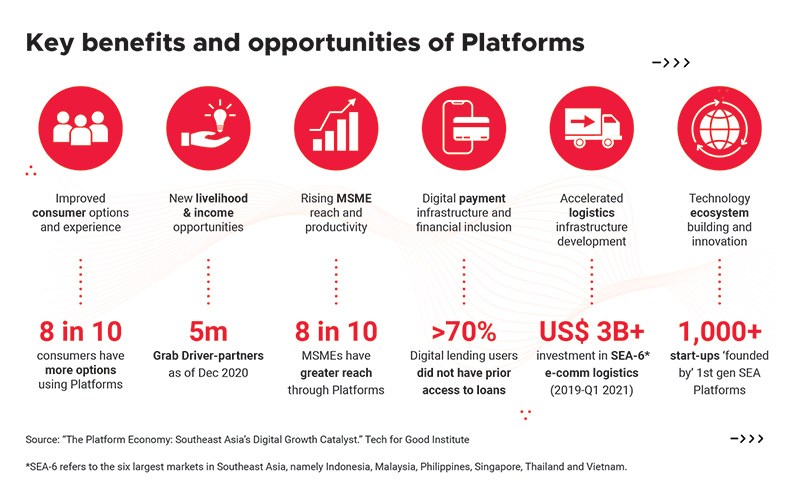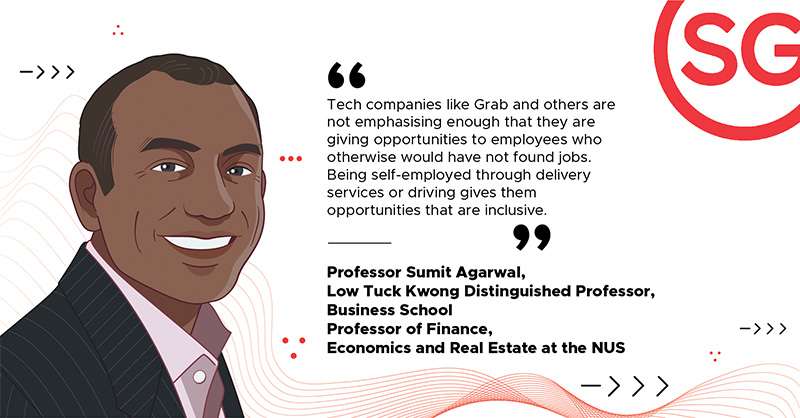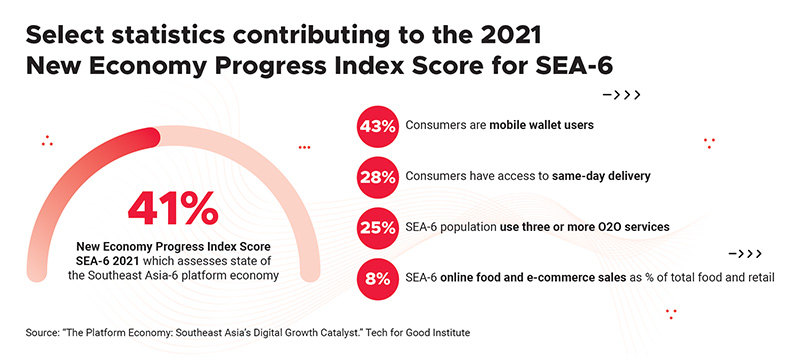The last two decades have seen the rise of the digital platform across the globe. Southeast Asia (SEA), in particular, has become a hotbed for online-to-offline (O2O) platform innovation. These revolutionary new services—from e-commerce to ride-hailing to food delivery—leverage both physical and digital infrastructure and have become a way of life for urban dwellers.
Not only do these platforms increase accessibility and lower transaction costs for consumers, but their fast hold on the consumer market is also having a significant impact on labour and employment, competition, consumer protection, and privacy along with many other facets of the new economic landscape.













